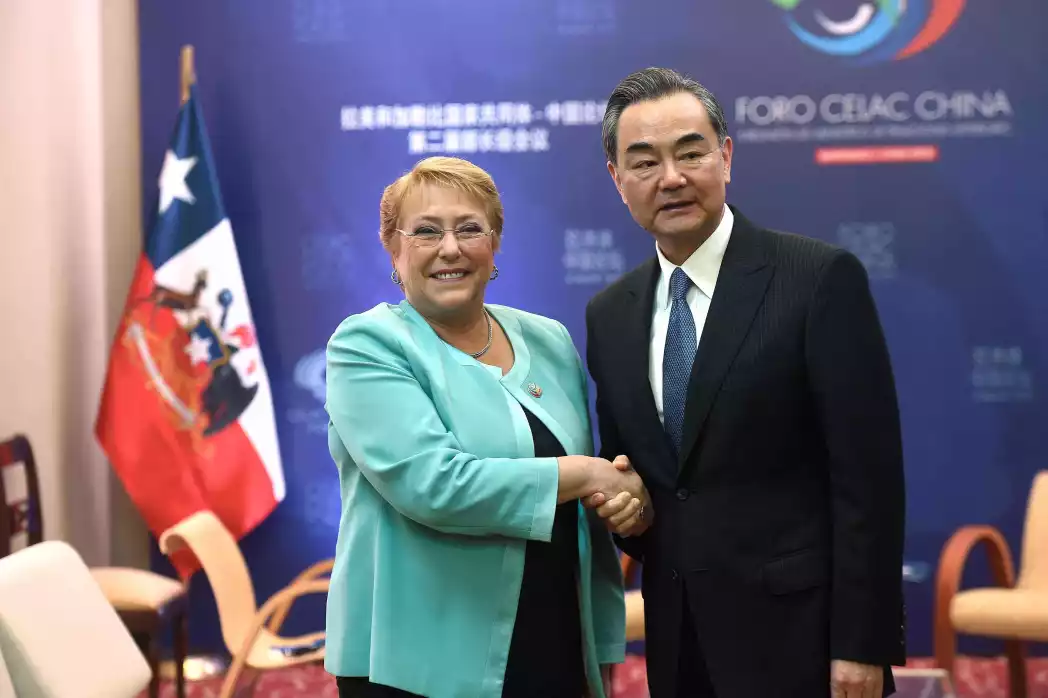
Chinese engagement in Latin America and the U.S. response: Taking off the gloves
Secretary of State Rex Tillerson took aim last week at a resurgent China, warning Latin American countries they should be wary of their increasingly cozy ties with the Asian powerhouse which has become more outspoken as it challenges the U.S. in a contest for resources and influence in the western hemisphere.
“Latin America does not need new imperial powers that seek only to benefit their own people,” said Tillerson referring to China. He was speaking to students at the University of Texas, his alma mater, as he prepared to head to México, the start of a five-nation tour. In recent years, China, he noted, has become the chief trading partner of some of Latin America’s largest economies, including Brazil, Chile, Argentina and Peru.
Since the election of Donald Trump, and his abandonment of the original Trans-Pacific Partnership trade deal three days after his inauguration, China has sought a bigger role overseas, presenting its Regional Comprehensive Economic Partnership trade agreement as an alternative to the TPP.
Never before have China’s intentions to wean the region off of its relationship with the U.S. been so explicit, nor has the scale of China’s economic engagement been so great. China has invested more than $113.6 billion in the region, and loaned more than $141.4 billion to the region since China joined the World Trade Organization in 2001. China is the area’s second most important trade partner, after the U.S.
In his Austin speech, the U.S.’s top diplomat acknowledged China was “gaining a foothold” in Latin America, but said Chinese plans for the region are often based on unfair trading practices which involve “imported Chinese labor, onerous loans and unsustainable debt.”
Tillerson’s strong words are evidence the U.S. is considering taking a tougher position than previous administrations in deterring Chinese moves in the hemisphere. Tillerson, who knows Chinese activities in the region well through his work with Chinese partners while CEO of Exxon Mobil, seems to be a responding to China’s own move last month making clear its ambitions in Latin America at a summit in Santiago Chile, between Chinese Foreign Minister Wan Yi and the Community of Latin American and Caribbean States known as CELAC. At the meeting, China abandoned its long-held assertion that its engagement with Latin America was merely a “win-win” relationship not intended to impact the United States or the strategic landscape of the region.
The Santiago meeting was remarkable for the openness with which China pushed a program of increased security and political ties with Latin American countries explicitly designed to reduce the influence of the United States and Europe in those areas. Before China’s interest in the region was almost purely limited to pushing for increased business and trade.
At the meeting, China, which had previously maintained a low profile role in security matters, promised to engage vigorously in security cooperation, including expanded cooperation against drugs, corruption and cybercrime. To be sure, China already has maintained low-profile security cooperation, such as support to the government of Argentina against the Chinese mafia group Pi Xue which extorts Chinese supermarkets and other businesses in Argentina. But in the new plan, China makes it clear that security is now explicitly part of its multilateral roadmap for expanding cooperation with the region.
China appears ready to battle for Latin America’s “hearts and minds” in other arenas as well. Chinese officials in Santiago said they would invite 200 senior Latin American political leaders to China, expand cultural exchanges and open up Confucius Institutes, which promote Chinese language and culture around the globe. Confucius Institutes are viewed by detractors as a Trojan Horse designed to quietly influence foreign academic institutions to view China more favorably.
Most strikingly, the joint action plan proposed at Santiago openly calls for China to help expand the industrial capacity of Latin America and the Caribbean with the goal of weaning the region away from its traditionally close economic relationships with the United States and Europe.
At the very least, the boldness of the new China posture toward the region, evidenced at the Santiago summit, and Tillerson’s trip and declaration of the region as a strategic priority for the United States, suggest that the era of both Chinese attempts at subtlety, and U.S. tolerance of its advances in the Western Hemisphere may be coming to an end.
China responded to Tillerson’s warning to Latin America with indignation. One Chinese analyst called his remarks “baseless” and “ignorant of the facts.” In the same vein, the Global Times, a newspaper published by China’s communist party, said in an editorial that people in China would be surprised by Tillerson’s description of the country as an imperialist threat to Latin America, noting that China had no military bases in the region and no history of sending troops to Latin American countries.
In the end, the monolithic Chinese response was perhaps the best illustration of the dangers Tillerson warned Latin America about in his Austin speech.
(The author is Latin America Research Professor with the U.S. Army War College. The views expressed in this article are strictly his own.)
“Chinese engagement in Latin America and the U.S. response: Taking off the gloves,” Univision, February 8, 2018, https://www.univision.com/univision-news/opinion/chinese-engagement-in-latin-america-and-the-us-response-taking-off-the-gloves.



